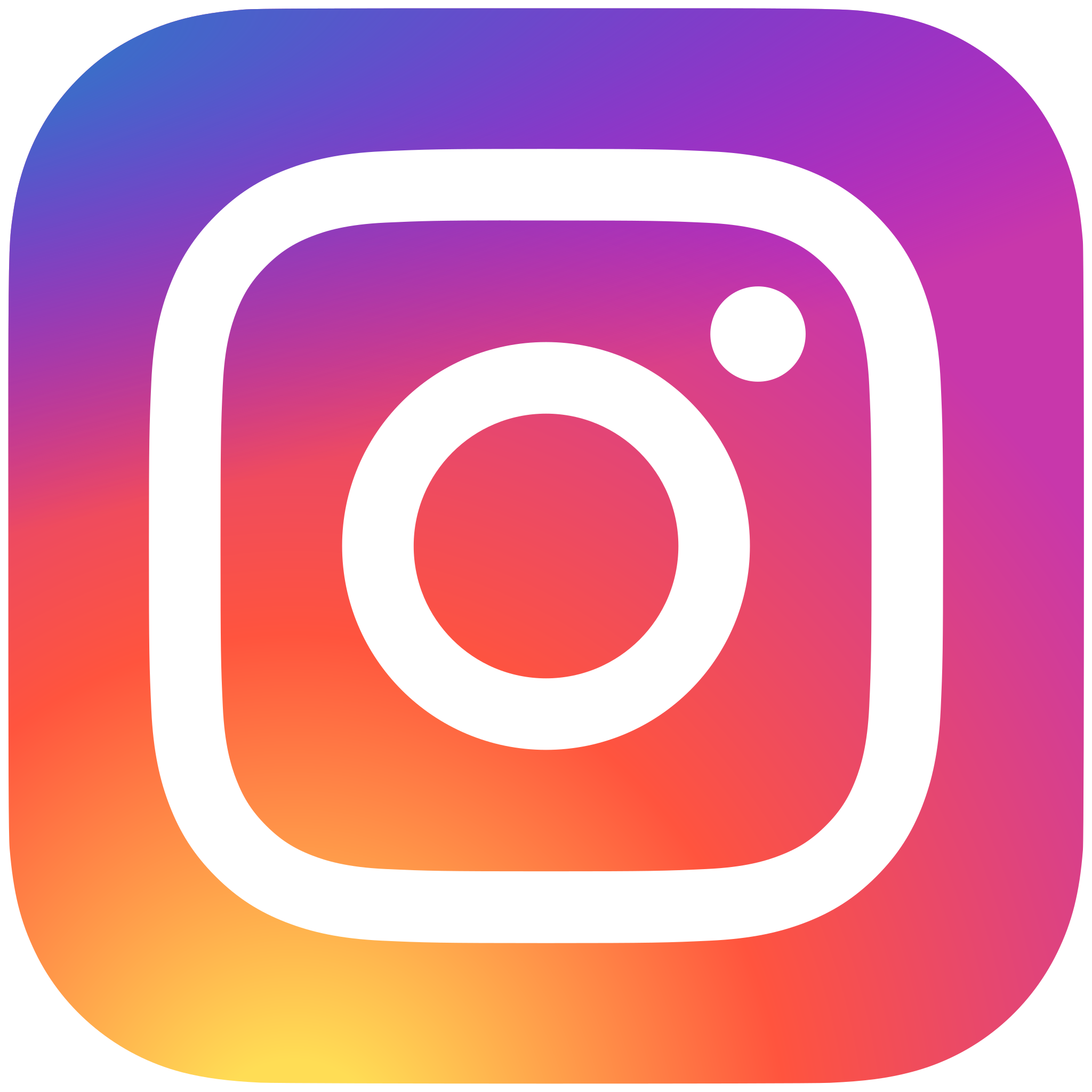Chapter 3
PRODUCTION AND COSTS
1. What determines the amount of profit a firm produces?
(a)On income
(b)On expenditure
(c) On market prices and cost of production
Answer: (c) On market prices and cost of production
2. Spending money to acquire the products
(a) is the cost of production
(b) is called the product
(c) None of the above
Answer: (a)Cost of production
3. What is it called when a producer combines components to make production possible?
(a) The profit process
(b) Production process
(c) None of the above
Answer: (b)Production process
4. What is the relationship between the output produced by an organization and the components used for it?
(a) Producer's profit
(b) is called the product function
(c) Consumers
Answer: (b)The function of the product
5. What is the money spent to acquire the product?
(a) Production income
(b) Production costs
(c) None of the above
Answer: (b)Cost of production
6. For what purpose does a firm sell its products in the market?
(a) For food acquisition
(b) Due to scarcity
(c) for the purpose of raising revenue
Answer: (c)For the purpose of collecting revenue
7. How does an organization make a profit after excluding expenditure?
(a) By collection of revenue
(b) by revenue development
(c) None of the above
Answer: (a)By collecting revenue
8. What is the relationship between the output produced by the firm and the inputs used for it?
(a) It is called a union
(b) is called a function
(c) None of the above
Answer: (b)Function
9. What does the function dictate?
(a) dictates the maximum quantity produced
(b) Orders fewer ingredients
(c) None of the above
Answer: (a)Directs the maximum quantity produced
10. How can the maximum generated level of increment of a different component joint be obtained?
(a) If technology improves
(b) Decline in technology
(c) None of the above
Answer: (a)With the advancement of technology
11. What is defined for a particular technology?
(a) Definition of yield matching
(b) Definition of production function
(c) None of the above
Answer: (b)Definition of production function
12. What are the components used in a manufacturing process?
(a) Production income
(b) Cost of production
(c) Components of production
Answer: (c)Components of production
13. What might a firm need to produce goods?
(a) Different definitions
(b) of different components
(c) None of the above
Answer: (b)of different components
14. Who tells us the maximum amount produced by a joint?
(a) Production analysis
(b) The production function
(c) None of the above
Answer: (b)The production function
15. What is a steady state product?
(a) Positive product
(b) Fixed component
(c) None of the above
Answer: (b)Fixed components
16. What is the factor that changes an organization?
(a) Unstable component
(b) Variable components
(c)None of the above
Answer: (b)Variable components
17. In the short run, an organization will change all components -
(a) They may
(b) Cannot
(c) It is required
Answer: (b)Not possible
18. To change the quantity produced, the firm will change the components of the other-
(a) You can
(b) Not possible
(c) shall be required
Answer: (a)You can
19. Sometimes the total return of variable components or total material -
(a) is called definition
(b) is called component
(c) None of the above
Answer: (b)is called a component
20. What is another concept related to the law of declining production?
(a) Component Rules
(b) Variable production rule
(c) None of the above
Answer: (b) Variable production rule
(c) None of the above
Answer: (b) Variable production rule





